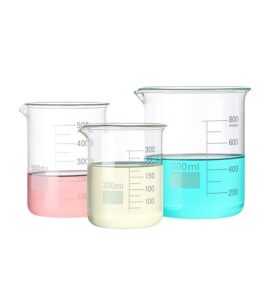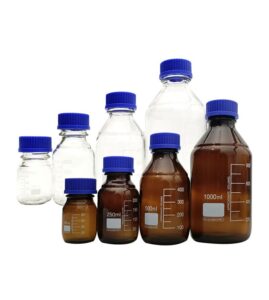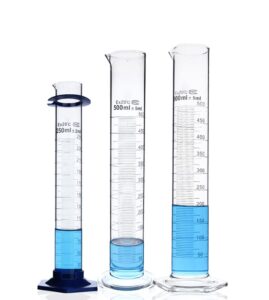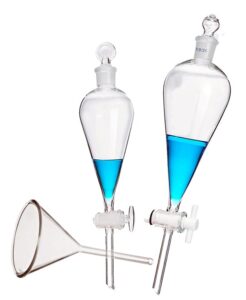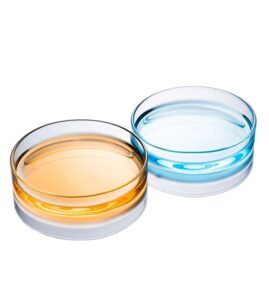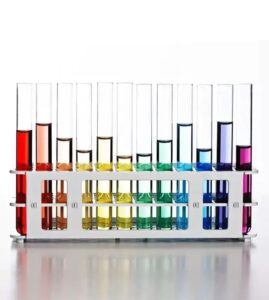Have you ever found yourself pondering over the shelves of laboratory glassware, wondering if the price tag reflects its quality? Does a higher cost guarantee better performance, or are you just paying for the brand? These questions often haunt lab managers and researchers alike, especially when budget constraints loom large.
Choosing laboratory glassware is a delicate balance between cost and quality. It’s essential to understand that not all glassware is created equal. The right selection can significantly impact the accuracy of your experiments and the safety of your lab environment. But how do you make a well-informed decision that ensures every dollar is well spent?
Keeping this balance in mind is crucial for optimal laboratory efficiency.

Why Does Lab Glassware Quality Matter
Quality in laboratory glassware is paramount for several reasons. Firstly, high-quality glassware offers better chemical resistance, ensuring that it does not react with the chemicals used in experiments. This non-reactivity is crucial for maintaining the integrity of the results. Secondly, durability is a key factor. Quality glassware is less likely to crack or break, reducing the risk of accidents in the lab.
The Price of Safety and Accuracy
There is a direct correlation between the quality of glassware and the safety and accuracy of laboratory work. Inferior quality glassware may lead to inaccurate measurements, contamination, or even accidents, which could be costly in the long run. Therefore, investing in better quality glassware might seem expensive initially but can save money by reducing the need for repeated experiments and enhancing safety.
Balancing Cost and Quality
How do you strike the perfect balance? Start by identifying the essential qualities needed for your specific laboratory applications. For routine tasks that don’t require high precision, more affordable options might suffice. However, for critical experiments where precision is key, investing in higher quality glassware is non-negotiable.
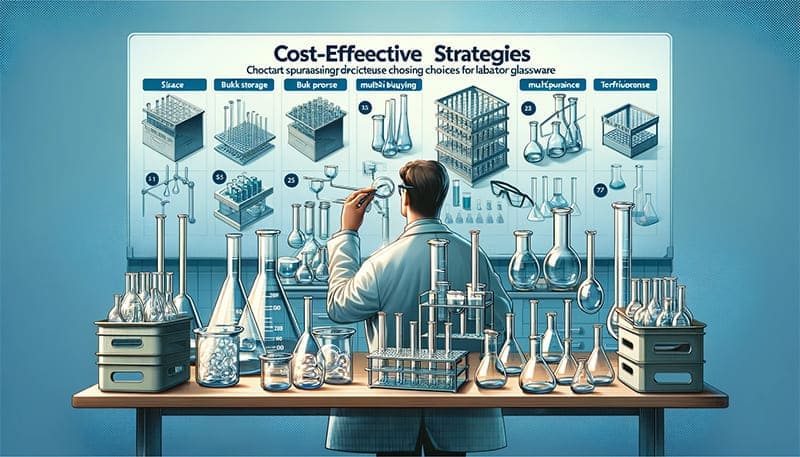
Cost-Effective Strategies for Laboratory Glassware
Identifying Needs and Budget
First and foremost, it’s crucial to clearly define your experimental needs and budget. Determine the type, specifications, quantity, and usage scenarios of the glassware you need, as well as the price range you can afford. This helps in making more informed decisions during the purchase process.
Understanding the Market
Before purchasing laboratory glassware, it’s advisable to understand the market trends and the price range of different brands, types, and specifications. This can be done through online research, consulting professional literature, or seeking advice from experts in the field. This research aids in better comparison between different products in terms of price and quality.
Prioritizing Product Quality
When selecting laboratory glassware, product quality should be the primary consideration. High-quality products provide better experimental results and have a longer lifespan. It’s recommended to choose manufacturers with a good reputation and brand image, and to carefully examine the material, craftsmanship, appearance, and quality of the products.
Considering the Cost-Performance Ratio
When purchasing glassware, pay attention to the cost-performance ratio, which is the balance between price and quality. There are variations in price and quality among different brands, types, and specifications of glassware. Therefore, choose the product that offers the best value for money, based on your specific needs and budget.
Considering the Usage Scenarios
The usage scenarios for the glassware also play a significant role in the selection process. For example, mid-range products might be sufficient for routine laboratory experiments, while specialized or high-precision applications may require more high-end products.
Seeking Professional Advice
When buying laboratory glassware, seeking advice from professionals or laboratory equipment suppliers can be very beneficial. They can provide insights about product performance, applicability, and lifespan, helping you make wiser purchasing decisions.
Understanding After-sales Service
Good after-sales service can add extra value, ensuring timely solutions or repairs when problems arise during use. Thus, when purchasing glassware, it’s advisable to understand the after-sales service policies of the manufacturers or suppliers and choose brands that offer reliable after-sales service.
Considering Sustainability and Environmental Protection
Modern laboratories are increasingly focusing on sustainability and environmental protection. When purchasing glassware, consider choosing products and manufacturers that comply with environmental standards, such as those offering recyclable or low-pollution products. This not only helps in protecting the environment but also helps in reducing long-term operational costs.
Regular Maintenance and Inspection
Regardless of the price of the glassware purchased, regular maintenance and inspection are crucial. Following the correct operational procedures and maintenance methods can extend the lifespan of the equipment and ensure it remains in good working condition.
When purchasing laboratory glassware, it’s important to consider both price and quality. By understanding market trends, prioritizing product quality, considering cost-performance ratio, seeking professional advice, understanding after-sales services, focusing on sustainability, and ensuring regular maintenance, you can better balance your needs for quality and cost, selecting the glassware that best suits your requirements.

The Role of Suppliers in Quality Assurance
Choosing the right supplier is just as important as selecting the glassware itself. A reputable supplier not only offers quality products but also provides valuable support and advice. They should be able to provide certifications and quality assurance for their products.
Future Trends in Laboratory Glassware
The future of laboratory glassware is likely to be shaped by advancements in material science and manufacturing technologies. Innovations may lead to more durable, accurate, and cost-effective glassware options. Keeping abreast of these developments can help in making informed decisions that balance quality and cost effectively.
The Impact of Technological Advancements on Glassware Quality and Cost
Advancements in technology play a pivotal role in the quality and cost of laboratory glassware. With new materials and manufacturing processes, manufacturers can produce glassware that is not only more durable and precise but also cost-effective. Keeping up with these advancements enables laboratories to access superior quality glassware at more reasonable prices, enhancing their experiments while keeping costs in check.
Evaluating the Total Cost of Ownership
When considering the cost of laboratory glassware, it’s important to look beyond the initial purchase price. The total cost of ownership includes factors like lifespan, maintenance requirements, and the potential costs associated with breakage or inaccurate results. High-quality glassware, while more expensive upfront, may ultimately be more economical due to its longer lifespan and reliability.
The Significance of Certification and Standards Compliance
Ensuring that glassware meets industry standards and certifications is crucial. This compliance is not just about adhering to regulations; it’s a marker of quality. Glassware that meets stringent standards is more likely to provide accurate, reliable results and safe usage, which is vital in maintaining the integrity of laboratory work.
Collaborative Purchasing and Networking
Collaborating with other laboratories or institutions for bulk purchasing can be a cost-effective strategy. By pooling resources, labs can negotiate better prices without compromising on quality. Additionally, networking with other professionals in the field can provide insights into the best products and suppliers, based on real-world experiences and results.

Innovation in Lab Glassware Design
Innovation in design is another aspect that can significantly enhance the value of laboratory glassware. Ergonomic designs, for instance, not only improve user comfort but can also reduce the risk of accidents and spillage. Similarly, innovations in glassware that facilitate easier cleaning or more efficient storage can indirectly save costs and improve laboratory operations.
The Value of Transparent Supplier Relationships
Establishing transparent relationships with suppliers can lead to better service, improved quality, and potentially more favorable pricing. Suppliers who understand your laboratory’s specific needs can offer tailored solutions, recommend the most cost-effective options, and provide vital support when needed.
Regular Market Reviews and Assessment
Regularly reviewing the market and assessing new products and suppliers helps laboratories stay ahead of changes in prices, quality, and technology. This proactive approach ensures that labs are always equipped with the best possible glassware for their needs and budget.
Emphasizing Custom Solutions for Specialized Needs
Tailoring glassware to meet specific experimental requirements can significantly enhance laboratory efficiency and accuracy. Customized solutions, while potentially more costly upfront, can provide unparalleled benefits in terms of precise measurements and compatibility with unique experimental setups. Laboratories should consider the long-term value of custom-designed glassware for specialized applications.
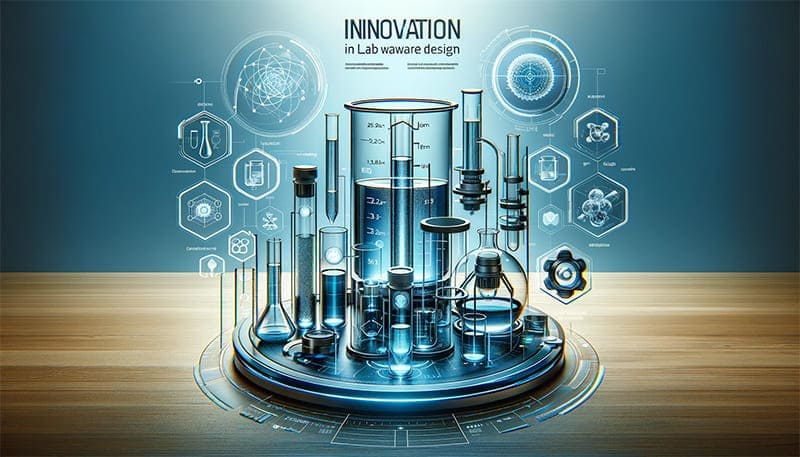
Integration with Digital Technology
The integration of glassware with digital technology is an emerging trend that holds great potential. Smart glassware equipped with sensors and connectivity can provide real-time data, enhance precision, and reduce human error. This integration, while an initial investment, could lead to significant long-term savings and improved data quality.
Focus on Glassware Adaptability
Selecting glassware that is adaptable to various types of experiments can be a cost-effective strategy. Multi-functional glassware reduces the need for purchasing different types of equipment for separate experiments, thus saving money and storage space. This adaptability becomes particularly valuable in multi-disciplinary laboratories where a wide range of experiments is conducted.
Proactive Risk Management
Investing in high-quality glassware is also a form of risk management. By reducing the likelihood of experiment contamination, breakages, and accidents, high-quality glassware minimizes potential risks and associated costs. This proactive approach to risk management is often overlooked but can be crucial in a laboratory setting.
Environmental Impact and Recycling Programs
Considering the environmental impact of glassware and participating in recycling programs can add value. Some manufacturers offer recycling services for used or broken glassware, reducing environmental impact and possibly offering cost benefits. Making environmentally responsible choices can align with an organization’s sustainability goals and enhance its public image.
Conclusion
Making informed decisions in selecting laboratory glassware is not just about balancing cost and quality; it’s about investing in the future of your research and safety. Stay ahead by embracing the latest trends, seeking professional advice, and considering the long-term benefits. Remember, the choices you make today will shape the efficiency and effectiveness of your laboratory tomorrow. Be proactive, be informed, and choose wisely – your research depends on it.


